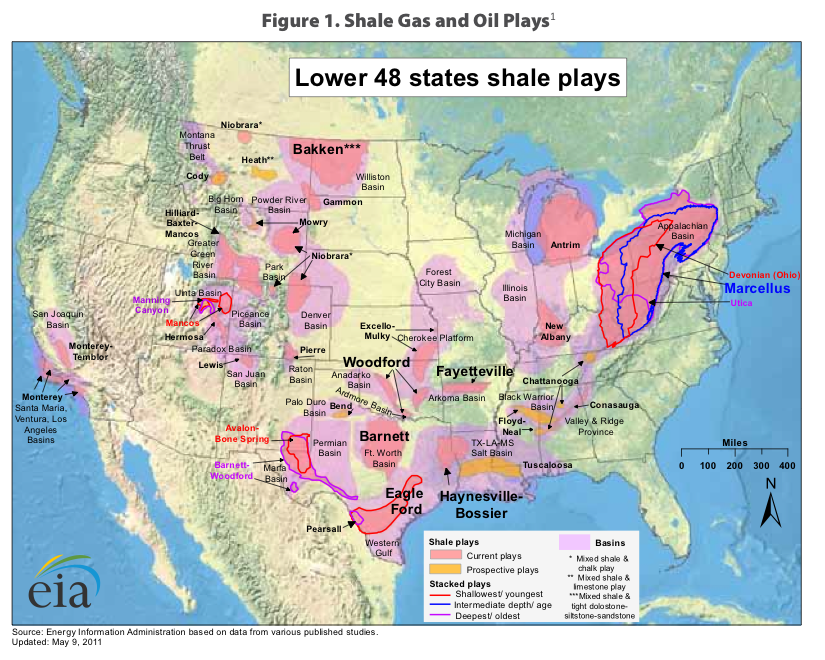ENVIRONMENT AMERICA
Introduction
Many Americans have an image of the damage caused by fracking. Documentaries and YouTube videos have shown us tap water catching on fire and families experiencing headaches, dizziness, nausea and other illnesses while living near fracking operations. Plane trips over Texas or Colorado reveal the grids of wells across the landscape.
These snapshots illustrate the damage that fracking does to the environment and our health. But, until now, it has been difficult to comprehend the cumulative extent of that damage. Individual fracking wells, we know, can pollute the air and water of a neighborhood or town. But what does it mean now that the nation has not dozens or hundreds but tens of thousands of fracking wells in at least 17 states? What, for example, is the magnitude of the risk those wells present to drinking water? How many iconic landscapes are being damaged?
In this report, we have quantified several of the key impacts of fracking on water, air and land, at the state and national level, using the best available sources of information on the extent of fracking and the impacts of fracking on our environment and health.
Our analysis shows that damage from fracking is widespread and occurs on a scale unimagined just a few years ago. Moreover, three factors suggest that the total damage from fracking is far worse than we have tabulated here. Severe limitations in available data constrain our ability to see the full extent of the damage. Second, there are broad categories of fracking damage—such as the number of water wells contaminated—that would be difficult to ascertain under any circumstances. Finally, there remain major gaps in the scientific community’s understanding of issues such as the long-term consequences of pumping toxic fluids into the ground.
Even the limited data that are currently available, however, paint an increasingly clear picture of the damage that fracking has done to our environment and health. It will take decisive action to protect the American people and our environment from the damage caused by dirty drilling.
Fracking Poses Grave Threats to the Environment and Public Health
Over the past decade, the oil and gas industry has used hydraulic fracturing to extract oil and gas from previously inaccessible rock formations deep underground. The use of high-volume hydraulic fracturing—colloquially known as “fracking”—has expanded dramatically from its origins in the Barnett Shale region of Texas a decade ago to tens of thousands of wells nationwide today.
Roughly half of U.S. states, stretching from New York to California, sit atop shale or other rock formations with the potential to produce oil or gas using fracking. (See Figure 1.)
Fracking has unleashed a frenzy of oil and gas drilling in several of these shale formations—posing severe threats to the environment and public health.
 Read full report (PDF) here: Fracking by the Numbers
Read full report (PDF) here: Fracking by the Numbers
About Environment America
www.environmentamericacenter.org
“Environment America Research & Policy Center is a 501(c)(3) organization. We are dedicated to protecting America’s air, water and open spaces. We investigate problems, craft solutions, educate the public and decision makers, and help Americans make their voices heard in local, state and national debates over the quality of our environment and our lives.”
Tags: Environment America, Fracking, Fracking by the Numbers, health concerns, Pollution






 RSS Feed
RSS Feed